Creating a bedroom that is both stylish and conducive to restful sleep requires careful consideration. Unfortunately, many common design mishaps can sabotage your snooze and your style.
Here, we explore 10 mistakes that may be lurking in your bedroom, affecting your comfort and aesthetic.
From selecting the wrong mattress to ignoring the power of color, these errors are easy to make but also easy to fix.
By understanding these pitfalls, you can transform your sleeping space into an area that promotes relaxation and reflects your personal style.
1. The Wrong Mattress

Choosing the wrong mattress can lead to restless nights and sore mornings.
A mattress that’s too firm or too soft may not provide the right support for your body. Over time, this can lead to discomfort and even chronic pain.
Aim for a mattress that supports your spine’s natural curve. Consider your sleep position, weight, and personal comfort preferences when selecting a mattress.
Don’t hesitate to test different options before making a decision. A quality mattress is an investment in your well-being and should cater to your specific needs for a perfect night’s sleep.
2. Cluttered Space

Clutter in the bedroom can lead to a cluttered mind. Having too many unnecessary items in your sleeping space can subconsciously cause stress and anxiety.
A messy environment can also make it difficult to find things, adding to frustration.
Consider implementing a regular cleaning routine and organizing your belongings to create a serene space. Minimalism is key; only keep items that bring joy or serve a purpose.
Use storage solutions like shelves and bins to neatly store belongings. By maintaining a tidy room, you create a peaceful environment that encourages relaxation and rest.
3. Poor Lighting
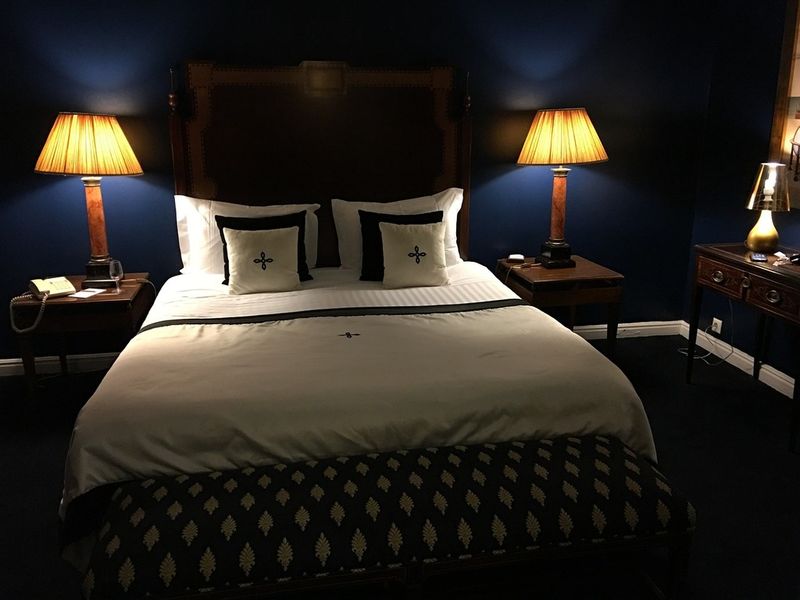
Lighting plays a crucial role in setting the mood for relaxation. Harsh lighting can be jarring, while insufficient light can make tasks difficult.
Consider layering your lighting with a mix of ambient, task, and accent lights.
Soft, warm bulbs can create a cozy atmosphere, perfect for winding down. Adjustable lamps or dimmer switches offer flexibility, allowing you to tailor the lighting to your needs.
Pay attention to natural light, too. Blackout curtains or blinds can block unwanted light, but make sure they can be adjusted to let in morning light when needed.
4. Ignoring Color Psychology
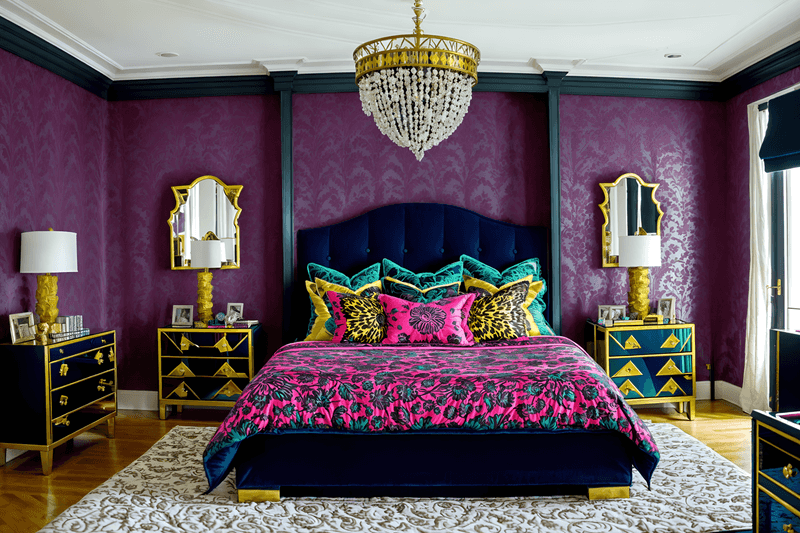
Colors can significantly impact mood and sleep quality. Bright, bold colors might energize but can also overstimulate the mind, making relaxation difficult.
Opt for soothing hues like soft blues, greens, or earthy tones to promote tranquility and restfulness.
Consider your personal preferences, but be mindful of the psychological effects different colors can have. Harmonize your bedding and decor with the wall colors for a cohesive look.
Understanding color psychology can transform your bedroom into a peaceful retreat, conducive to restful sleep and personal expression.
5. Inadequate Window Treatments

Proper window treatments are essential for controlling light and ensuring privacy.
Thin or sheer curtains may look elegant, but they can let in too much light and noise, disrupting sleep. Consider investing in blackout curtains or shades that offer better light control.
These can help create a dark, quiet environment, ideal for rest. Also, layered window treatments can provide flexibility, allowing you to adjust the amount of light and privacy as needed.
Balance functionality with style to enhance both the look and sleep quality of your space.
6. Overlooking the Bedside
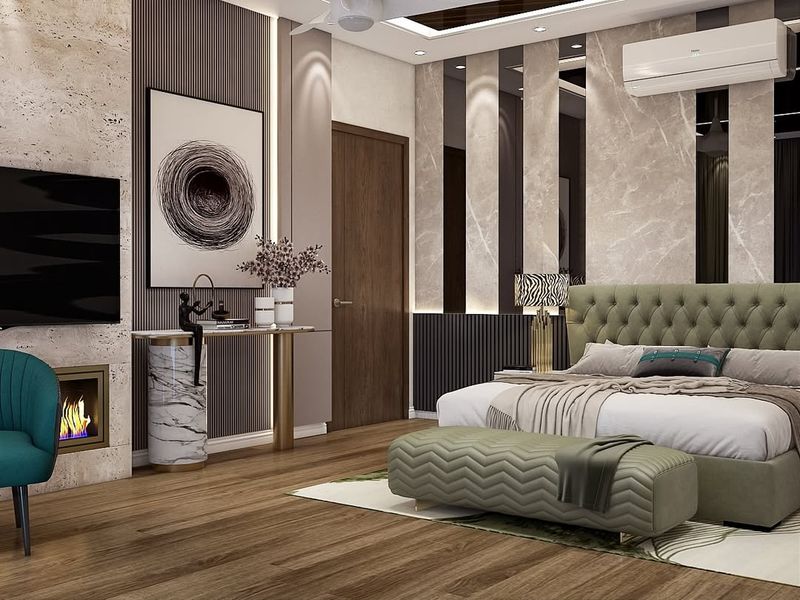
Your bedside should be a sanctuary of calm, not chaos. A cluttered nightstand can lead to stress and disrupt relaxation.
Keep essentials like a lamp and a book, but avoid overcrowding the space with unnecessary items.
Consider using trays or small organizers to keep the area tidy. A peaceful bedside area can support a relaxing bedtime routine, encouraging better sleep.
Personalize your space with calming elements like a small plant or a soothing candle, but maintain organization. This approach fosters a tranquil environment that enhances comfort and style.
7. Neglecting Texture

Texture can add depth and comfort to your bedroom, influencing both style and relaxation. A room devoid of varied textures may feel flat and uninviting.
Incorporate different materials like soft throws, plush rugs, and layered bedding to enhance the tactile experience.
Consider the feel of your bed linens and the visual interest they provide. Mixing textures can make the space more inviting and cozy, offering a sensory delight that enhances both style and comfort.
Pay attention to the balance of tactile elements to create a harmonious environment.
8. Inappropriate Art Placement

Art can elevate your bedroom’s aesthetic, but improper placement can detract from its beauty.
Hanging artwork too high or selecting pieces that are too large can overwhelm the space. Consider the scale and theme of your decor when choosing art.
Position pieces at eye level for optimal viewing. Ensure that the art complements the room’s color scheme and style.
Thoughtful placement can enhance the visual appeal and create a cohesive look. Art should inspire and soothe, contributing positively to the room’s atmosphere and your personal expression.
9. Overpowering Patterns
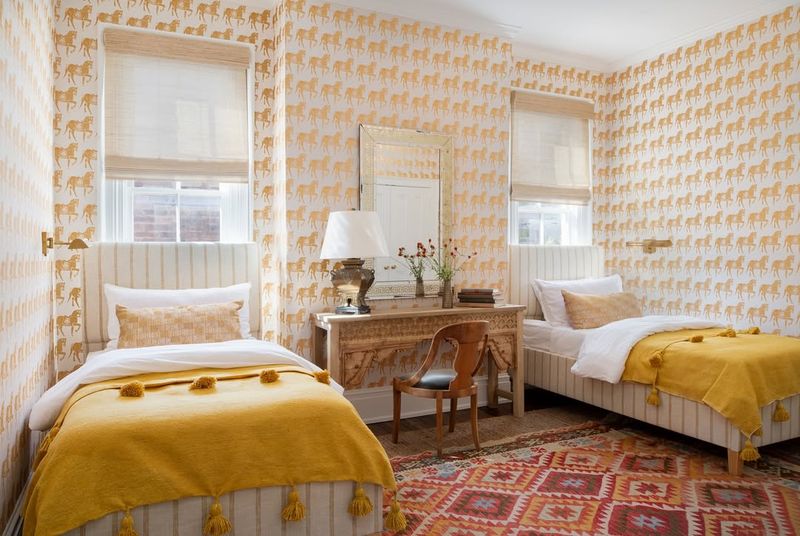
Patterns can add personality to a room, but too many conflicting designs can create visual chaos. A bedroom overwhelmed with bold, mismatched patterns can lead to overstimulation.
Opt for a balanced approach by selecting one or two patterns to focus on, complementing them with solid colors. Consistency in the pattern’s scale and color can bring harmony to the space.
Mix patterns with caution and consider the overall theme of your room. A well-curated selection of patterns can enhance style without sacrificing serenity, creating a restful environment.
10. Ignoring Personalization
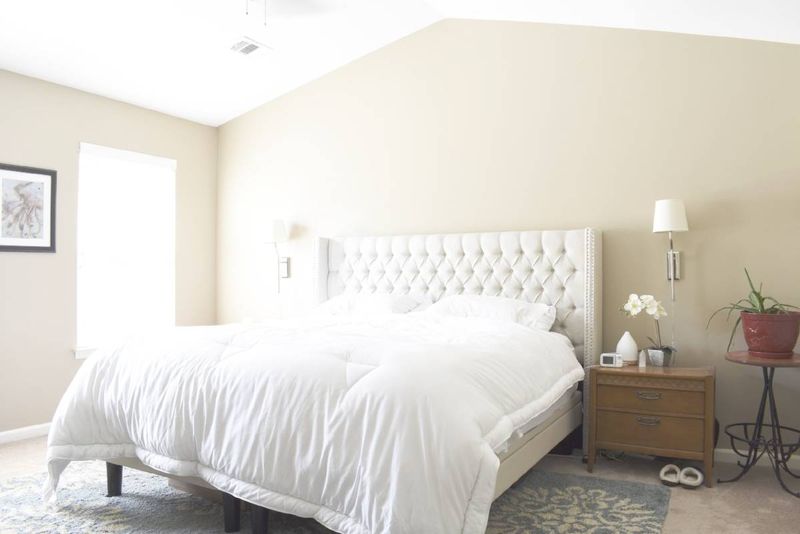
Your bedroom should reflect your personality and style, but neglecting personalization can make it feel generic and uninviting.
Incorporate personal touches like family photos, favorite books, or unique decor pieces.
These elements can make your space feel more like a sanctuary tailored to you. Balance is key; avoid clutter by choosing meaningful items that resonate with you.
Personalization doesn’t mean overcrowding; it’s about creating a space that feels uniquely yours. A bedroom that reflects who you are can enhance comfort and foster a sense of belonging and peace.

